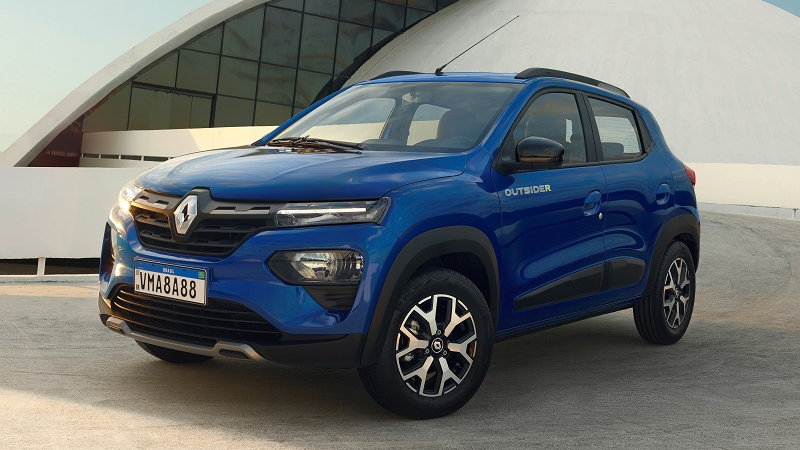The 54.5% share in 2022 is the highest in 16 years. Segment sales grew 25.7%


By Alzira Rodrigues | Translated by Jorge Meditsch
The 1.0 engine cars’ market share grew 10.7 percentual points from 43.8% in 2021 to 54.5% in 2022. For the first time in 12 years, the segment achieved more than half Brazilian market’s sales again. According to Anfavea’s data, the last time was in 2009, with a 51.8% share.
Last year’s participation is also the highest in 16 years. It reached 56.5% in 2006 and constantly fell until 2016 when it was just 32,7%. Afterward, pushed by the 1.0 turbo models’ offer, which provided efficiency gains demanded by programs such as the Inovar-Auto and Rota 2030, the previously called popular models took an inverse trend and escalated year by year.
All indicates that the low-displacement engines’ increase shall not stop at the current level. The segment share was 59.5% last August and reached 60.3% in November – a clear sign that these numbers will be over 60% by 2023.
With the turbo, 1.0 engines also gained space in the SUV segment, the fast-growing in Brazil. It is also the prevalent option in entry models, which are not as affordable as before but still the market’s cheapest.
According to Anfavea, only cars under 1,000 cm³ had a demand increase in 2022. The segment sold 855 thousand units, 25.7% more than in 2021 (679.7 thousand).
The segment from 1,001 cm³ through 2,000 cm³ fell 19.6% from 846.4 thousand to 685.3 thousand, and the vehicles over 2,000 cm³ fell from 29.6 thousand to 28.5 thousand (-3,9%). There was an inversion in the market’s profile, with 1.0 models dominating internal sales again.
There is a long time since 1.0 stopped being called ‘popular’. When they appeared in 1990, when the government reduced taxes for this kind of vehicle, the idea was to have simpler and more economical cars to grant the Brazilian automotive industry a higher sales volume. Currently, some models, such as Fiat’s Fastback, cost about R$ 150 thousand.
In the 1990s, the 1.0 engine power output was around 48 cv, and the popular models were criticized for their low performance. After more than 30 years, things changed, and these engines’ power more than doubled in the last decade with the downsizing concept adoption, reducing engine size to improve performance and efficiency.
With new technologies, such as direct fuel injection, variable valve trains and turbo compressors, the 1.0 engine, which was used only in small hatches, began to equip also sedans and SUVs. Most manufacturers in the country offer 1.0 turbo 3-cylinder engines, such as the used in the Fiat Pulse 1.0 turbo, with up to 130 cv, and the new generation Hyundai Creta, with a 998 cm³ GDI turbo engine.
A partir de kits CKD, serão fabricados três modelos: X-Cape 650cc, Seiemezzo 650cc e Calibro…
Gáston Diaz Perez, CEO e presidente na América Latina, revela faturamento de R$ 10,8 bilhões…
Executivo será responsável pela Divisão Mercado Industrial
A primeira rodada de avaliação contará com 27 modelos, um de cada montadora. Entre eles,…
"Trabalhamos em diversas frentes para tornar a empresa cada vez mais forte e resiliente”, diz…
Ritmo das atividades acompanha momento positivo do mercado, que cresceu 77% no período